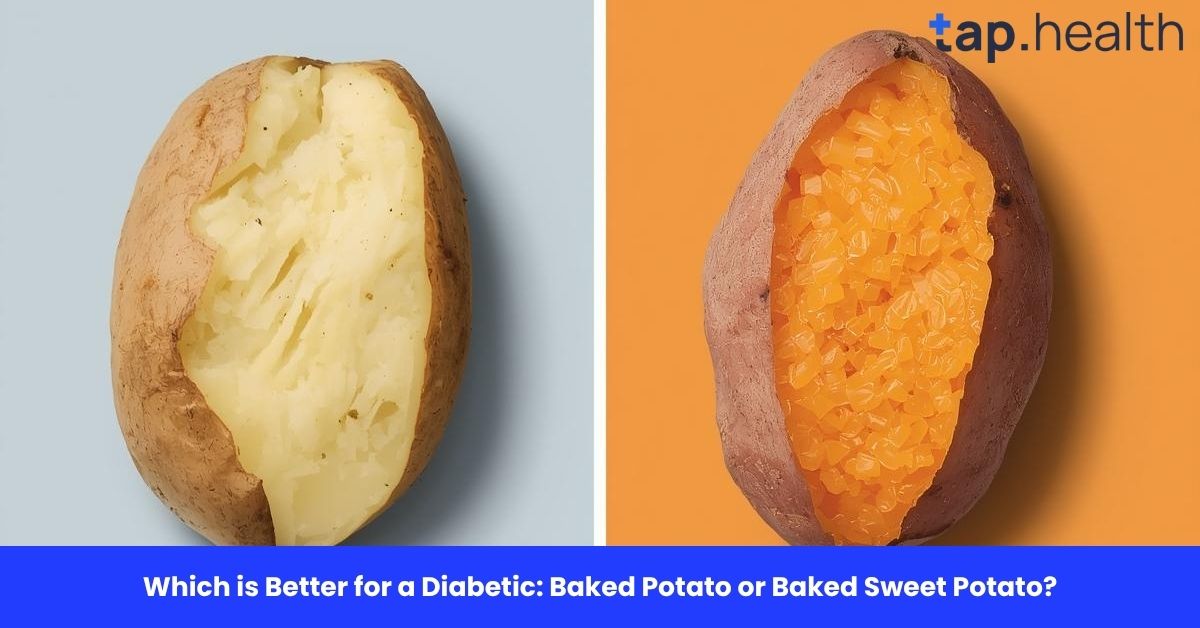Pork chops are a classic and versatile protein choice, known for their savory flavor and tender texture. Whether you’re grilling, pan-frying, or baking, pork chops are a go-to meal for many. But if you’re watching your calorie intake, you might be wondering: How many calories are in a pork chop?
In this article, we’ll break down the calorie content of a pork chop, explore its nutritional profile, and compare it to other meat options. We’ll also offer tips on how to enjoy pork chops in a healthy, balanced way.
What Is a Pork Chop?
A pork chop is a cut of meat from the loin of a pig, typically including a bone. There are several different types of pork chops, each with slightly different calorie and fat content. The most common types include:
- Bone-In Pork Chops: These have a bone running through the center and tend to be juicier due to the bone’s ability to retain moisture during cooking.
- Boneless Pork Chops: These are leaner cuts without the bone and can sometimes be slightly drier than bone-in chops.
- Rib Chop: A type of bone-in pork chop cut from the rib section of the pig, known for being particularly tender.
- Loin Chop: This can be bone-in or boneless and is cut from the loin section. It’s one of the leaner cuts of pork.
- Center Cut: This refers to the part of the loin where the meat is lean and tender, often sold as bone-in or boneless.
Depending on the cooking method and portion size, the calorie count of pork chops can vary significantly. Let’s take a closer look at the calories in different types of pork chops.
How Many Calories Are in a Pork Chop?
The calorie content in pork chops depends on the size of the chop, whether it’s bone-in or boneless, and the cooking method. Here’s a general breakdown of the calories in different types of pork chops:
1. Bone-In Pork Chop (3 oz, cooked)
- Calories: 180 calories
A 3-ounce cooked portion of bone-in pork chop typically contains around 180 calories. This portion is lean and doesn’t have any added fat or coatings.
2. Boneless Pork Chop (3 oz, cooked)
- Calories: 160 calories
A 3-ounce cooked boneless pork chop is slightly leaner than the bone-in version, containing about 160 calories. Boneless chops tend to be a bit drier, but they’re still a good protein source.
3. Pork Chop (6 oz, cooked)
- Calories: 360 calories
A larger 6-ounce cooked pork chop, whether bone-in or boneless, can contain around 360 calories. This larger portion gives you more protein but also comes with a higher calorie count.
4. Grilled Pork Chop (6 oz, cooked)
- Calories: 300-350 calories
Grilling a pork chop generally adds fewer calories than frying it. Grilled pork chops, depending on the seasoning or marinade, contain approximately 300-350 calories for a 6-ounce portion.
5. Fried Pork Chop (6 oz, cooked)
- Calories: 400-500 calories
If you fry the pork chop in oil or batter, the calorie content increases significantly. A 6-ounce fried pork chop can range between 400 and 500 calories, depending on the amount of oil or breading used.
Breaking Down the Nutritional Content of a Pork Chop
Here’s a closer look at the nutritional breakdown of a 3-ounce bone-in pork chop, cooked without added fat or oils:
1. Calories from Fat
A large portion of the calories in pork chops comes from fat. Here’s the breakdown for a 3-ounce cooked pork chop:
- Total Fat: 9g
- Saturated Fat: 3g
- Trans Fat: 0g
Pork chops have a moderate amount of fat, including saturated fat. While fat adds flavor, it’s important to be mindful of your intake, especially if you’re watching your saturated fat consumption.
2. Protein
Pork chops are an excellent source of protein, which is essential for muscle building and repair. A 3-ounce cooked pork chop contains:
- Total Protein: 22g
With 22g of protein per 3-ounce serving, pork chops are a great choice for those looking to increase their protein intake without consuming too many calories.
3. Carbohydrates
Pork chops are a protein-rich, low-carb food. A 3-ounce serving of cooked pork chop contains:
- Total Carbohydrates: 0g
- Fiber: 0g
- Sugars: 0g
Pork chops are naturally free of carbohydrates, making them a great option for those following low-carb or ketogenic diets.
4. Cholesterol and Sodium
Pork chops contain a moderate amount of cholesterol and sodium, both of which are important to monitor if you’re following a heart-healthy diet. Here’s the breakdown:
- Cholesterol: 70mg
- Sodium: 45mg
While pork chops aren’t excessively high in cholesterol or sodium, it’s still a good idea to balance them with other foods that are lower in sodium if you’re monitoring your intake.
How Does a Pork Chop Compare to Other Meats?
When compared to other meats, pork chops fall somewhere in the middle in terms of calorie content. Here’s how they compare to other common meat options:
1. Chicken Breast (Skinless, Boneless, 3 oz, cooked)
- Calories: 140 calories
- Protein: 26g
- Fat: 3g
Skinless, boneless chicken breast is lower in fat and calories compared to pork chops but also provides more protein.
2. Beef Steak (3 oz, cooked)
- Calories: 240 calories
- Protein: 22g
- Fat: 18g
Beef steak generally contains more calories and fat than pork chops, making it a richer, more filling option but also a higher-calorie choice.
3. Turkey (Ground, Lean, 3 oz, cooked)
- Calories: 160 calories
- Protein: 22g
- Fat: 7g
Ground turkey is similar to pork chops in terms of calories but tends to be a leaner meat, with less fat.
How to Enjoy Pork Chops Without Overdoing It on Calories
Pork chops can be part of a healthy, balanced diet if you’re mindful of the cooking method and portion size. Here are some tips for enjoying pork chops without consuming too many calories:
1. Grill Instead of Fry
Grilling pork chops adds flavor without adding unnecessary calories from oil or breading. Grilling is one of the healthiest cooking methods because it allows excess fat to drain away.
2. Trim the Fat
While some fat is necessary for flavor and texture, trimming excess fat from the pork chop before cooking can help lower the calorie and fat content.
3. Pair with Vegetables
Instead of pairing your pork chop with high-calorie sides like mashed potatoes or fried foods, opt for vegetables. Steamed broccoli, grilled asparagus, or a simple salad are great options that add fiber and nutrients without adding many calories.
4. Watch Your Portion Size
Pork chops are relatively calorie-dense, so be mindful of the portion size. A typical serving size is about 3-4 ounces, and it’s easy to exceed this when eating large cuts of meat. Stick to a smaller portion and balance it with healthier sides.
Healthier Alternatives to Pork Chops
If you’re looking for a leaner, lower-calorie alternative to pork chops, here are a few options:
1. Skinless Chicken Breast
Skinless chicken breast is lower in calories and fat than pork chops and is an excellent source of lean protein. It’s a versatile option that can be grilled, baked, or stir-fried.
2. Turkey Chops
Turkey chops are similar to pork chops but leaner. They are lower in calories and fat and still provide a satisfying, hearty meal.
3. Fish (Salmon, Cod, etc.)
Fish like salmon or cod is lower in calories than pork chops and often provides healthier fats like omega-3 fatty acids. Fish is also a great source of protein.
FAQ on How Many Calories in a Pork Chop?
How Many Calories Are in a 6 oz Pork Chop?
A 6-ounce cooked pork chop contains approximately 360 calories, depending on whether it’s bone-in or boneless and the cooking method used.
Is Pork Chop High in Protein?
Yes, pork chops are a good source of protein. A 3-ounce serving of cooked pork chop contains around 22g of protein, which helps with muscle repair and growth.
Are Pork Chops Healthy?
Pork chops can be part of a healthy diet when consumed in moderation and prepared in a healthy way. Opt for grilling, baking, or roasting instead of frying to keep the calorie count lower. Additionally, trimming excess fat and pairing pork chops with vegetables can help make the meal healthier.
How Can I Make Pork Chops Healthier?
To make pork chops healthier, try grilling or baking instead of frying. Choose lean cuts like the loin chop, trim excess fat, and pair them with fiber-rich sides like vegetables or a salad.
Final Thoughts
Pork chops are a flavorful and satisfying protein choice that can be part of a balanced diet. A 3-ounce cooked pork chop typically contains around 180 calories, with the calorie count varying depending on the size and cooking method. By opting for leaner cuts, trimming excess fat, and grilling or baking instead of frying, you can enjoy a delicious, healthy pork chop meal.
Whether you’re enjoying a classic bone-in pork chop or a leaner boneless variety, pork chops provide a good source of protein while fitting into a balanced diet. Just be mindful of portion sizes and cooking methods to keep your calorie and fat intake in check.


